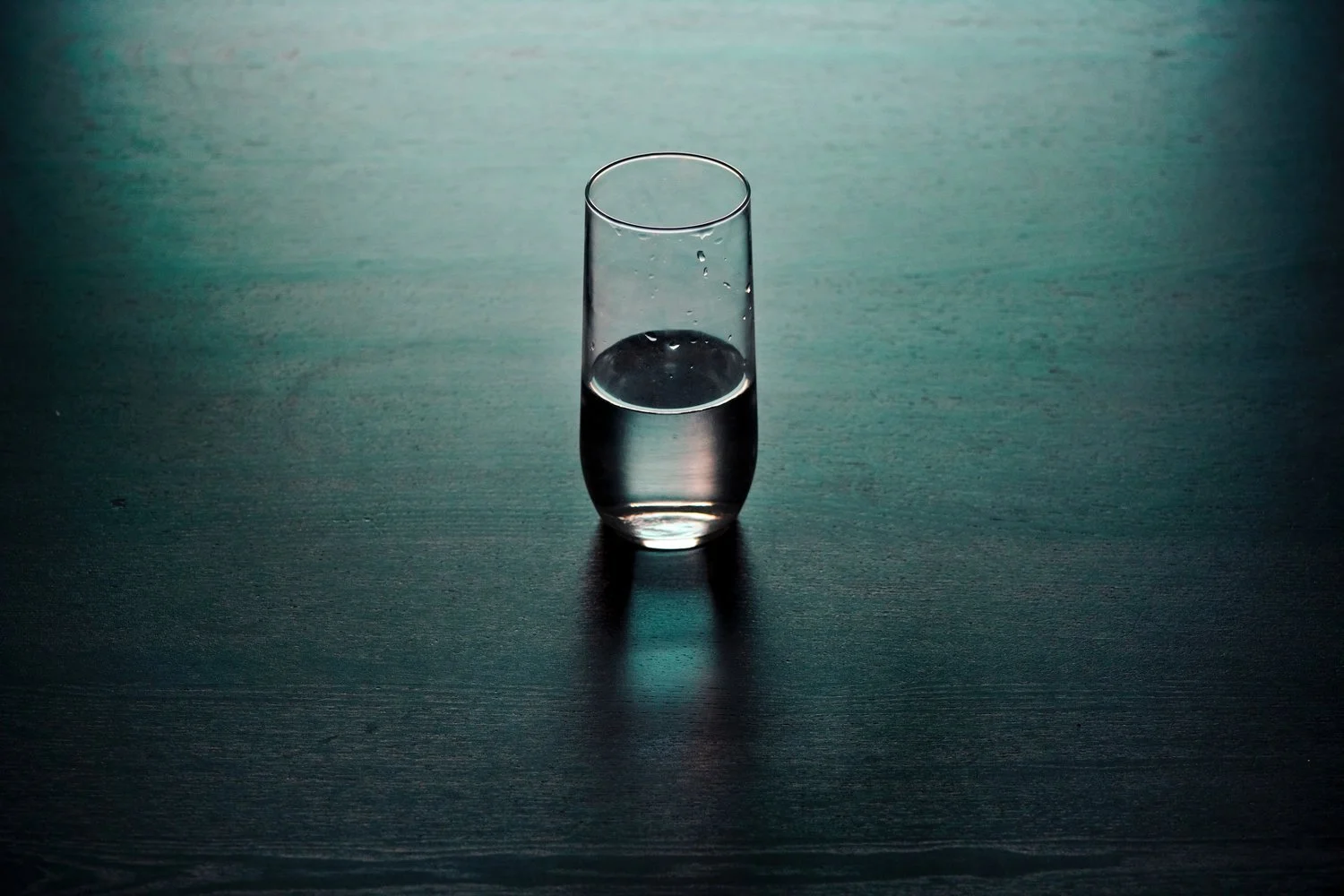What’s this thing called harm reduction and how can it help me?
Most of my clients come to see me because of anxiety issues, sexuality issues, or some kind of trauma that they are dealing with. Often they are also challenged by their use of substances such as alcohol, cocaine, meth, and/or marijuana as well. There are a variety of reasons that people use substances and many patterns of substance use. Part of my work with clients is helping them to identify what is healthy and what is harmful in their relationship to various substances and determine what kind of changes they would like to make.
Why does this matter?
I think it’s important to start by assuming that you can and do make healthy decisions about your substance use. I think it is also important to consider why you use substances. What purpose do they serve and how do they impact your health? Perhaps you were introduced to a substance by someone and your first use was an experiment. Maybe you continued to use and it really hasn’t had any kind of effect on your life. Or perhaps your continued use has become problematic and has negative consequences. Ultimately, you might be at a point where you’d like to have fewer negative experiences in your life and you’re drawing a connection between these and your substance use.
What about AA, NA, and other 12 step groups?
The AA model of sobriety can be a useful tool for creating a healthier relationship to a substance but it doesn’t work for everyone. Traditionally, the AA model has suggested complete abstinence as the only solution to problematic alcohol, meth, cocaine, and other substance usage. This model has provided support for many but isn’t a good fit for all. Some individuals are unable to remain completely free of substance use, others may realize that the issue isn’t quite black and white for them: while they may want to change their usage, they enjoy using and don’t really want to stop.
How does harm reduction work?
Harm reduction is an alternative to the AA model and can be a great tool for creating a healthier relationship to a substance. The phrase “harm reduction” describes the approach. How can you reduce harm to yourself and increase healthy behaviors regarding how you use a substance?
This is different for every individual. For some it could still mean total sobriety regarding a substance. For others it could be about changing how much they use and their patterns of using.
How can you reduce harm?
There are a variety of ways to reduce harm and it’s important to consider what might actually work for you.
You could completely abstain from one substance but continue using others. You might decide that it feels healthier if you avoid meth altogether but continue to use alcohol and marijuana.
You can reduce the amount of a substance you use. You might decide that you need to adjust the dosage of cannabis that you consume. Or that wine and beer are fine but it's best to avoid hard liquor.
You can change the frequency and patterns of usage. You might decide that you need to have a glass of water between each alcoholic drink. Or you might reserve smoking pot for certain days and times of day. You may decide to avoid using cocaine alone at home.
How do you get started?
Being honest with yourself is important here. What would help you feel healthier? What would reduce harm for you?
Start by considering your relationship to the substance and the impact it has on your life. What might you change? As you brainstorm it can help to divide ideas into things that feel doable right now, things that you feel ambivalent about changing, and things that you are not interested in changing right now.
Then what? If you feel ready to make a move, pick a behavior to change and give it a try. If substances have been a helpful way for you to cope with difficult feelings or thoughts, consider other ways you can address these. Relaxation breathing and mindfulness can be helpful, as can tools for dealing with urges to use. It can also be helpful to work with a therapist to address some of the underlying issues that lead to harmful substance use or address places where you feel stuck in your substance use.

